12 of the best plants to grow from cuttings – save money by growing your own plants from scratch
We've gathered tips from garden experts to help you propagate your plants successfully


If you're looking to expand your garden plant collection, you've probably been browsing seed catalogues or your local garden centre's shelves. Cuttings are an underrated way of introducing new plants to the garden – and if you're looking for the best plants to grow from cuttings, you've come to the right place.
Propagating your own plants is a fantastic budget garden idea, allowing you to save money and grow the plants you know suit your garden. Plus, the baby plants make thoughtful gifts for friends who have been eyeing up your garden.
Growing plants from cuttings won't cost you a penny, unless you want to invest in some rooting hormone to speed things along. We love a free garden idea, so we've rounded up the best plants to grow from cuttings.

1. Buddleja
Also known as the butterfly bush, buddleja is a big hit with these beneficial insects thanks to its nectar-rich flowers. It's a great low-maintenance option for beautiful garden border ideas, too.
Knowing when to cut buddleja back is one thing, but buddleja is also one of the best plants to grow from cuttings.
'For all softwood cuttings, take your shoots from healthy, new growth,' says Ted Bromley-Hall, gardening and landscaping expert at IBRAN. 'This gives your plants the best possible chance of developing strong, healthy roots.'


Switching the lab coat for a spade, Ted started his landscaping career in pursuit of his passion for all things outdoors. For the last 10 years, Ted has been applying that same passion to growing IBRAN into one of Europe's leading manufacturers of sustainable products for the gardening industry.
2. Clematis
Clematis is a fast-growing climbing plant which can provide floral displays throughout the year, depending on the variety.
Get the Ideal Home Newsletter
Sign up to our newsletter for style and decor inspiration, house makeovers, project advice and more.
'To grow clematis from cuttings, select stems with new growth on them,' advises Petar Ivanov, garden expert at Fantastic Gardeners. 'You can generally take cuttings from newer, softer stems in late spring.
'After you take the cuttings, remove any leaves on them and prepare the cuttings by applying rooting hormone. Once you've done that, plant them.'
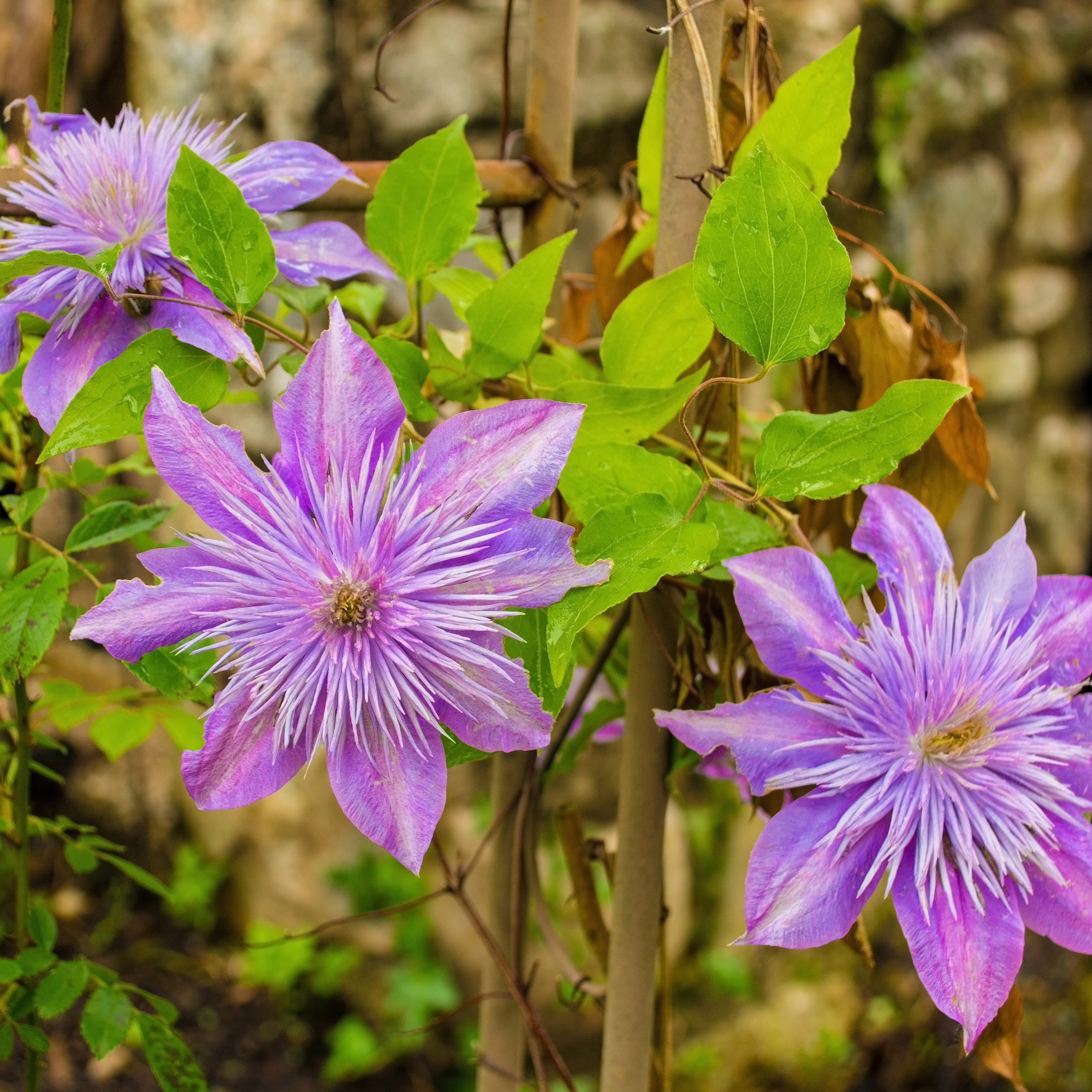

Petar Ivanov is a gardening and plant expert who has been working at Fantastic Gardeners for 8 years. As one of the company's top-performing experts, he now manages over 6 teams of gardeners, delivering stunning landscape results and fostering a deep connection with nature through his work. With his green thumb, leadership skills, commitment to sustainability and determination to learn, Petar's wish is to leave a lasting mark in the world of gardening.
3. Willow
Willow is one of the best plants to grow from cuttings because it produces new roots so easily.
'Not all plants need rooting hormone and will quite quickly produce roots naturally when in contact with damp soils,' says Ted from IBRAN. 'Hardwood cuttings such as willow will grow roots quickly, produced from the lateral buds – buds on the side of the shoots where new growth occurs. This is why, when you take cuttings, it's important to cut just below a bud, leaving only one set of leaves above.'
4. Lupins
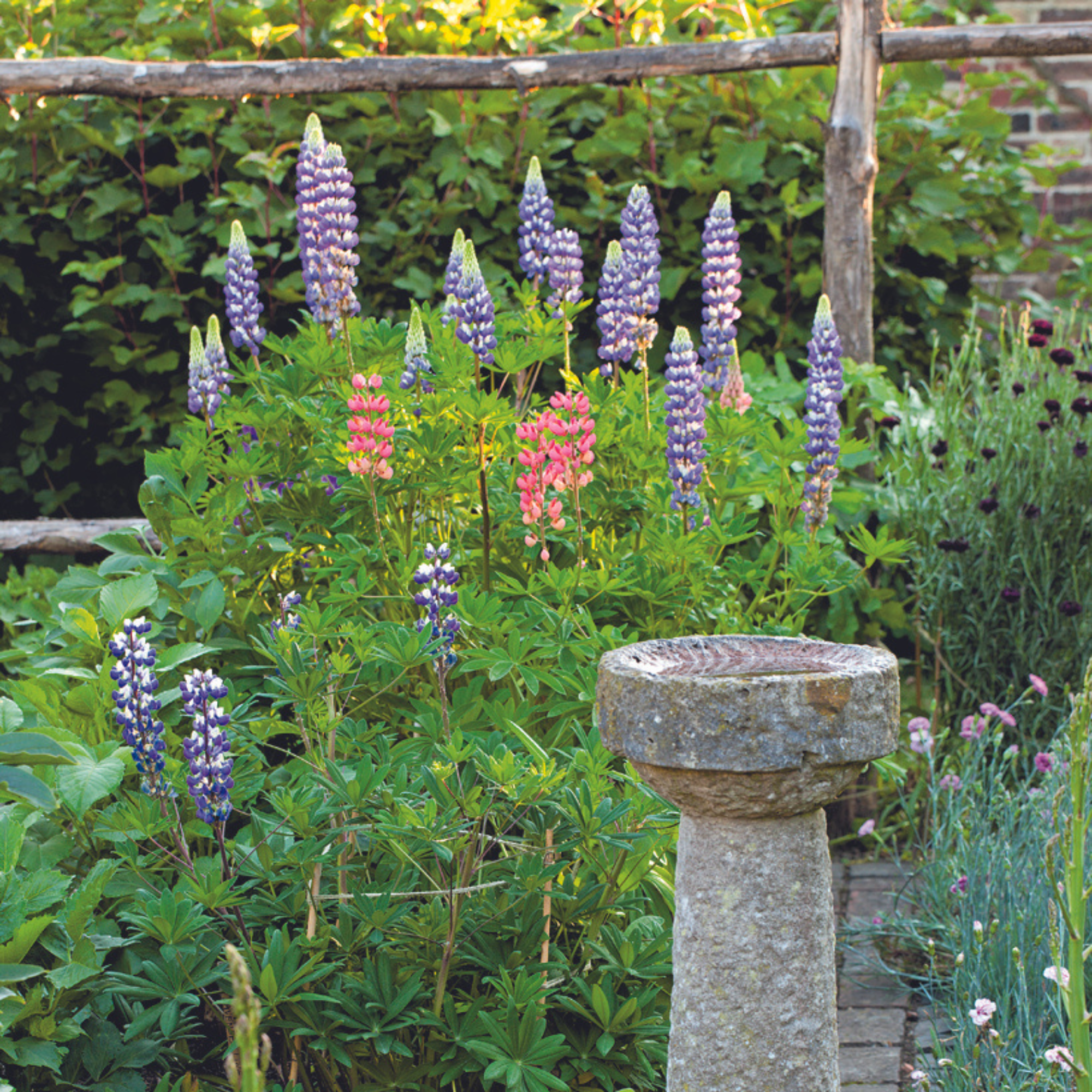
Lupins also make our list of the best plants to grow from cuttings, and you'll want to have as many in the garden as possible for their beautiful flowerheads during the summer.
Knowing how to propagate lupins can help you broaden the display, and you could even gift the new plants to your friends.
Take cuttings from the base of the healthiest plant between March and April for the best results. Then, plant the cuttings in medium-sized pots.
Rooting hormone can help to speed things along. 'The surefire way of getting any of these plants to propagate from cuttings is by using a synthetic rooting hormone which you can buy as a powder or gel,' says Ted from IBRAN. 'These kits contain varying concentrations of these same hormones but with added fungicides and pesticides to prevent competition from other plants or seedlings. They also prevent the cuttings from becoming infected.'
5. Hydrangeas
Hydrangeas aren't just easy to grow – they're also one of the best plants to grow from cuttings. Knowing how to take hydrangea cuttings can save you from buying new plants for your pots and borders.
If you're wondering when to take hydrangea cuttings, we recently asked the experts for their insight – and summer is the prime time to be thinking about propagating these plants.

6. Penstemons
Penstemons, also known as beardtongues, produce attractive trumpet-shaped flowers. They even made our list of the best flowering plants to grow in August, so there's still time to experience the displays this year.
If you already have penstemons and are looking to propagate them, you can take cuttings from summer until early autumn. If you take cuttings early in the summer, you could be enjoying the blooms by the end of the season.
Take non-flowering shoots for the best results, cutting just below the leaf joint. Try to cut sections around 10cm from the tip. Remove the lower leaves and plant them around the edges of a pot filled with compost.
'Most of the time, you will want to use a compost that has been mixed with perlite and horticultural grit or sand,' advises Ted from IBRAN. 'This ensures that the soil is not saturated with water but damp enough to encourage the buds to form roots.'
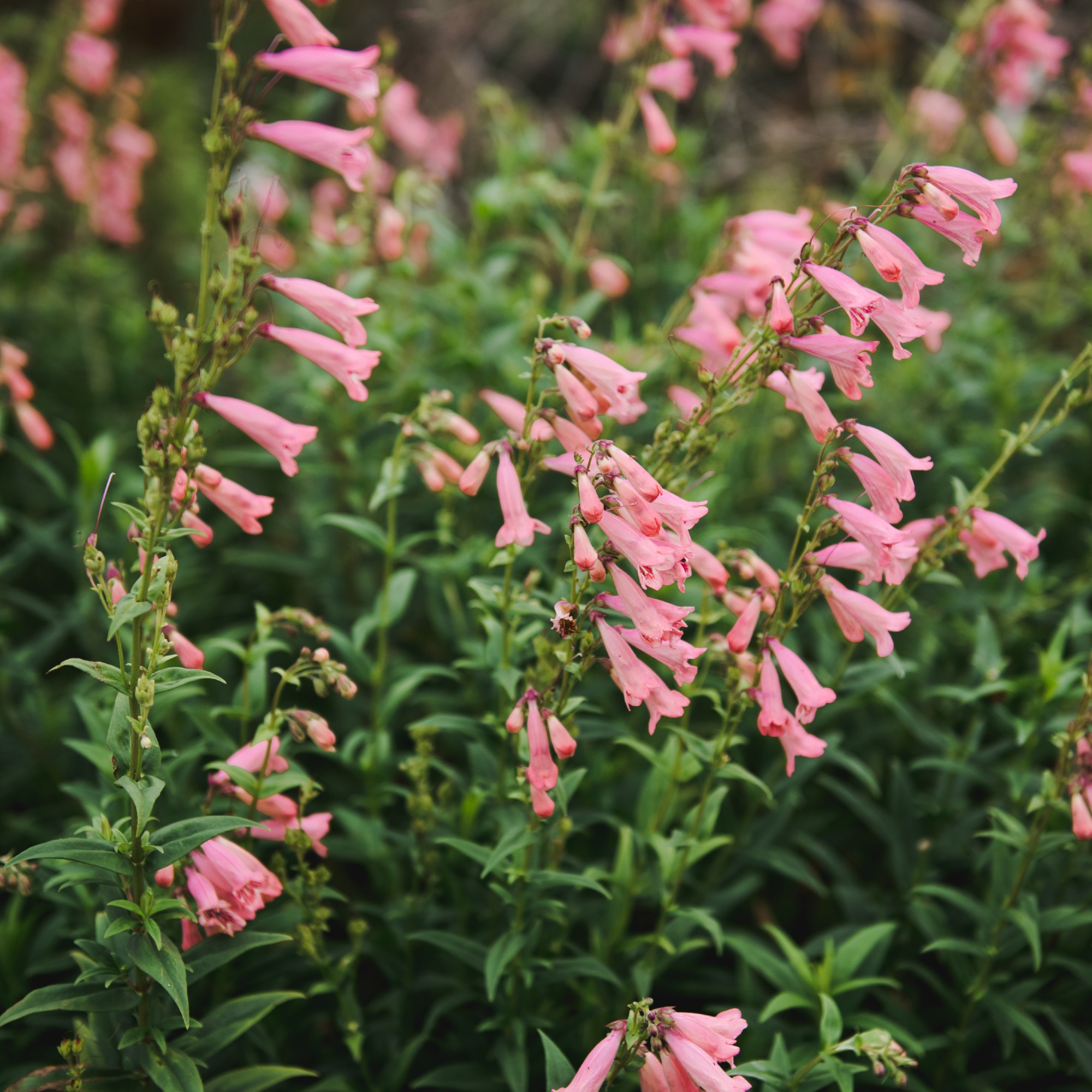
7. Lavender
Knowing how to propagate lavender can be an effective way to fill garden borders and pots.
'Simply remove new side shoots with some bark at the bottom,' says Morris Hankinson, founder of Hopes Grove Nurseries. 'Remove all the leaves apart from those at the top, dip the shoots in rooting powder and place them around the edges of a pot filled with gritty compost.
'To increase humidity, which can help the cuttings along, tie a clear polythene page around the pot. This can be removed when the cuttings have rooted, which usually takes about four to six weeks.'
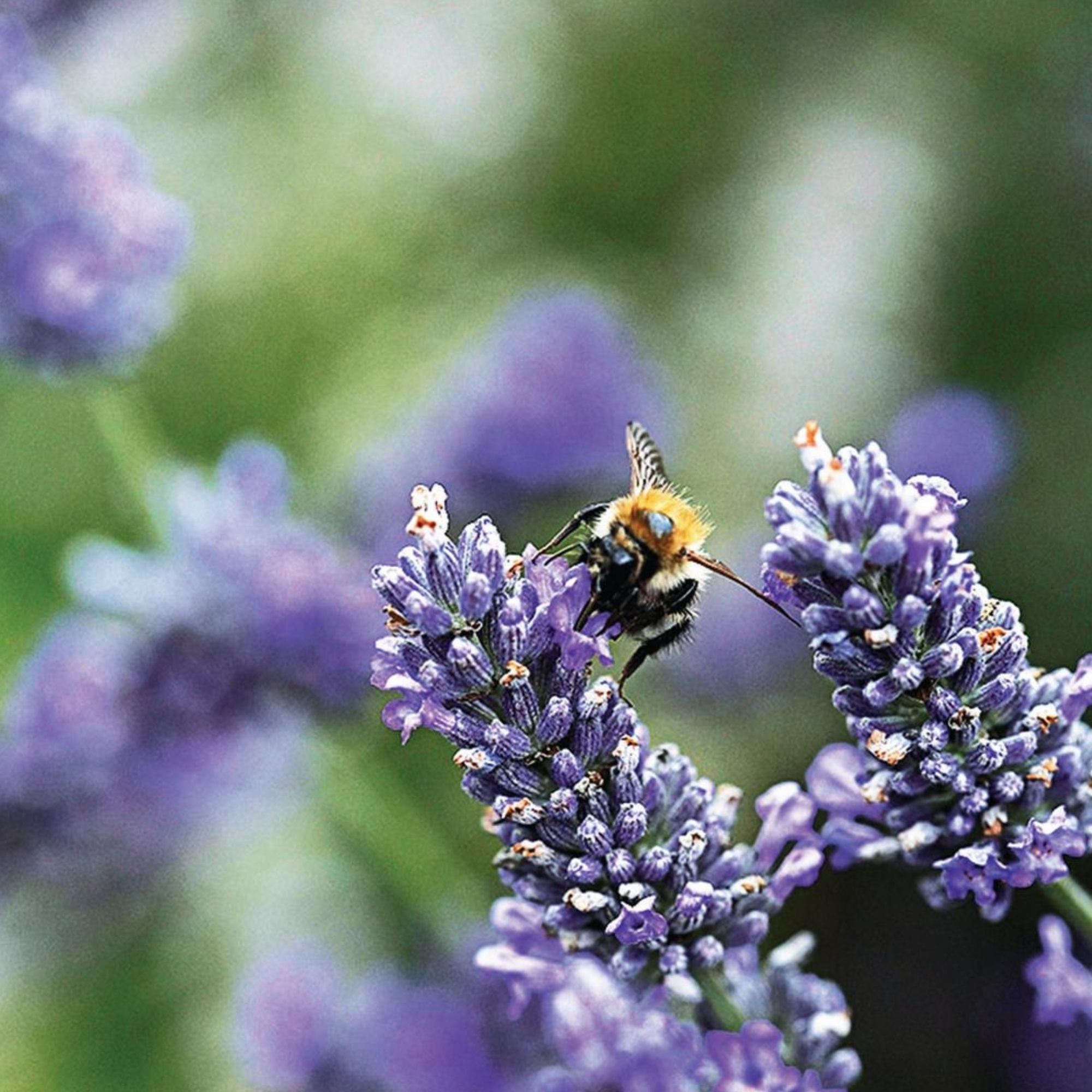

Morris Hankinson is the Founder and Managing Director of Hopes Grove Nurseries Ltd, the UK’s only specialist grower-retailer of hedging plants. After graduating with a Commercial Horticulture Degree from Writtle College, Essex in 1992 Morris established the nursery the same year on a half-acre plot at the 25-acre family farm in Tenterden, Kent. The business soon grew to cover the whole farm and now grows hedging plants across three nursery sites in the beautiful Weald of Kent.
8. Fuchsias
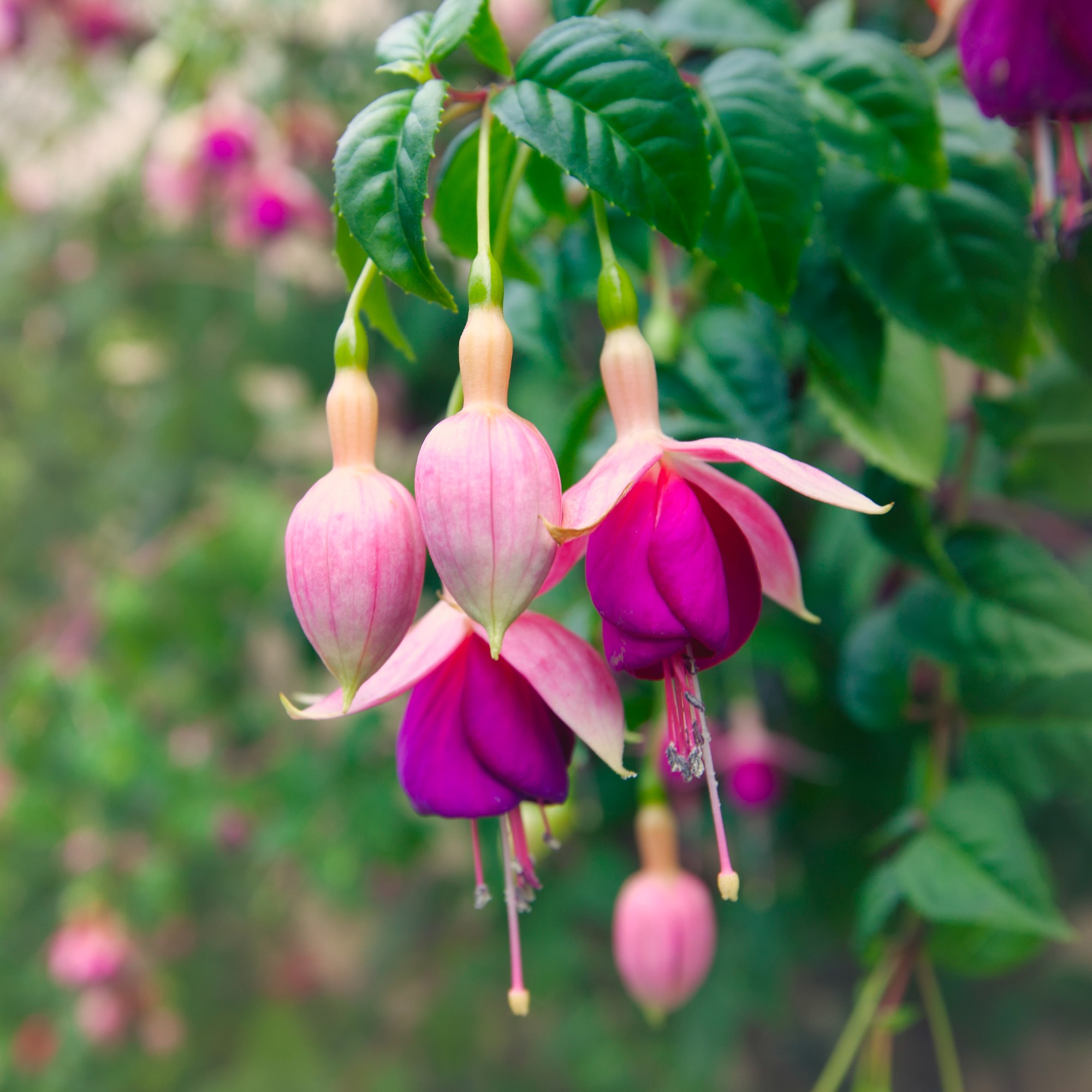
Fuchsias provide magnificent displays in the garden from the middle of summer all the way up until the first frosts. When in bloom, the pendant flowers resemble fairies, which is why fuchsias are a favourite of mine.
If you're wondering how to take a fuchsia cutting, it's really simple. You'll need a clean, sharp pair of secateurs to remove 6-8cm shoots from healthy stems. Snip the leaves off, dip the end of the cuttings in a little rooting powder and plant in small pots of multipurpose compost.
9. Roses
Roses are an ever-popular garden plant, producing beautiful displays between late spring and early autumn. Knowing how to take rose cuttings will allow you to expand your collection, or even gift young plants to friends.
'There are a few options for taking rose cuttings,' says Morris from Hopes Grove Nurseries. 'In late spring or summer, cut a piece of healthy new growth from this year – this is called a softwood cutting.
'Semi-hardwood cuttings are taken in early autumn when the current year's growth is firmer, and hardwood cuttings are taken in winter.'

10. Geraniums
Geraniums make attractive features in containers and flowerbeds, and they're also said to be one of the bedding plants that slugs hate most because of their hairy leaves.
We've covered how to take geranium cuttings before, but to recap, you should be aiming to complete this task during the summer. Though you can take geranium cuttings at any time of the year, the warm weather is ideal for encouraging your cuttings to grow into new plants.
11. Dahlias
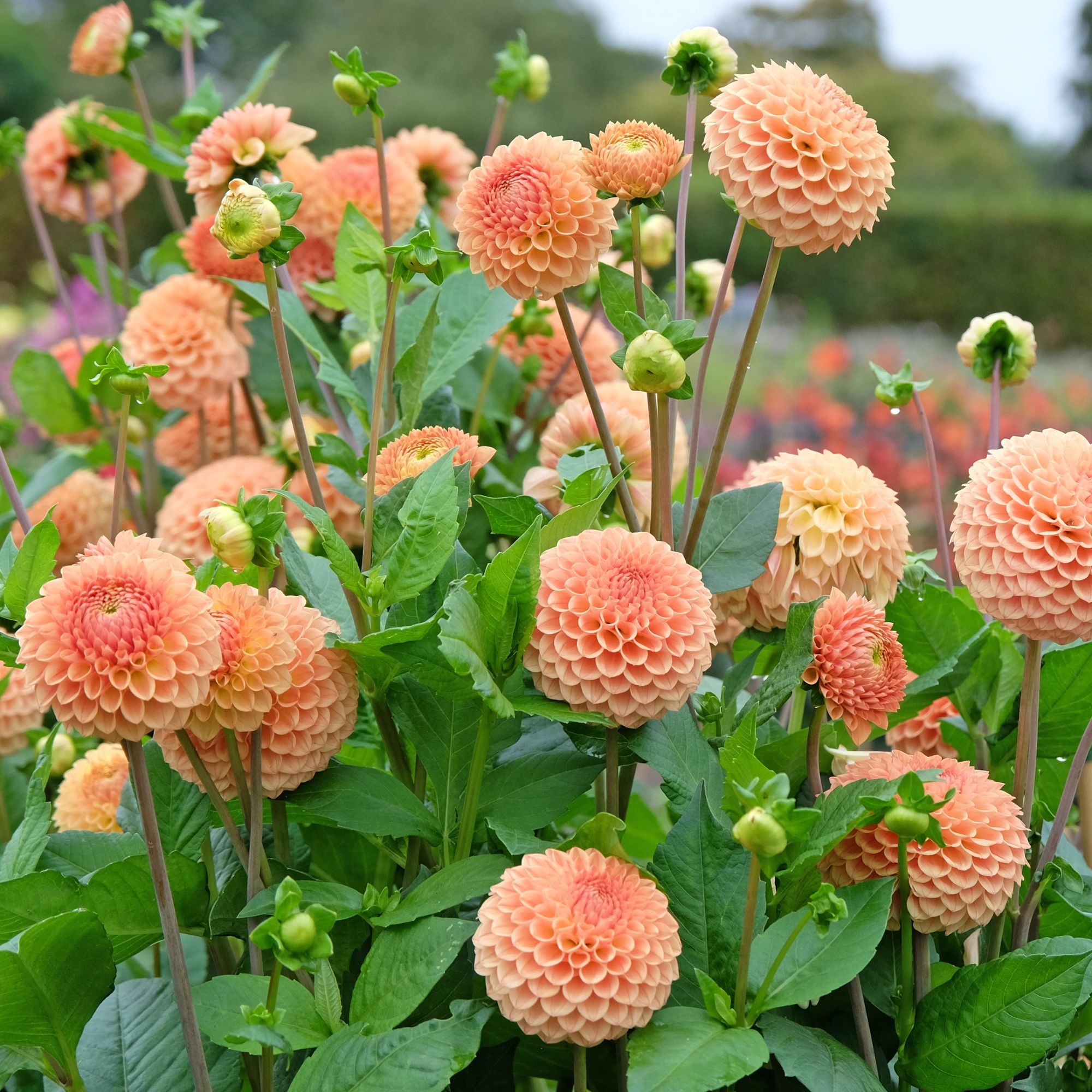
'Dahlias are very easy to propagate, and since they are so popular, this is a great way to add more to your collection,' says Morris from Hopes Grove Nurseries. 'The best time to take a cutting is in early summer when the new stems grow to about 8cm long.
'With a sharp knife, cut a stem with a piece of the tuber as well. It's really easy to do. If you don’t get a little tuber attached, just make sure your cutting is just under a leaf node instead.
'Remove all of the lower leaves, leaving the top leaves only, which can also be cut in half and placed around the edges of a 9cm pot of gritty compost.'
12. Rosemary
Rosemary is not only a versatile addition to a herb garden, but it's also a great companion planting idea if you're trying to deter pests from neighbouring plants.
Knowing how to propagate rosemary means you can plant the herb around any vegetable crops which are particularly susceptible to pests like carrot flies and cabbage moths.

Extra kit
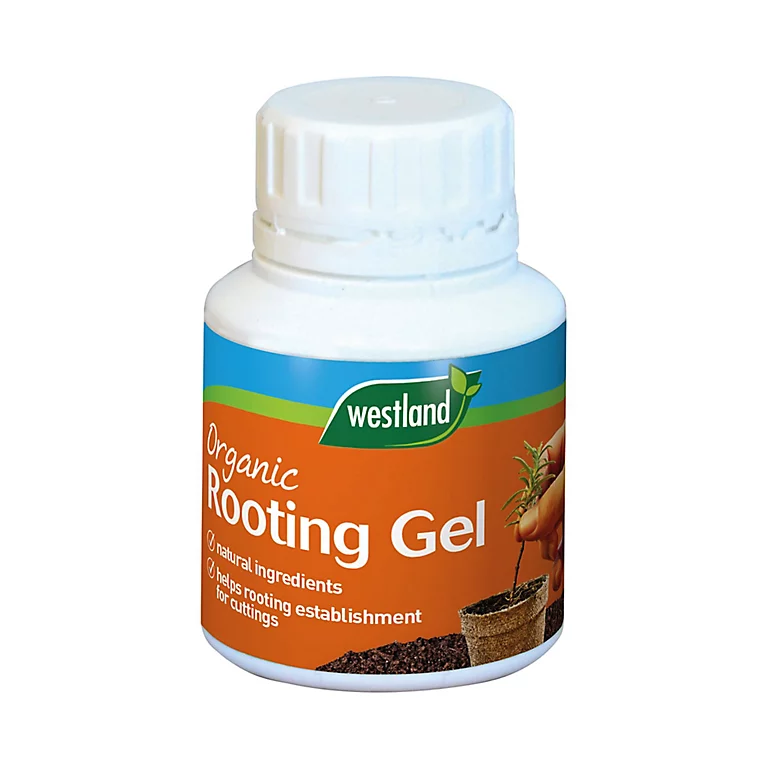
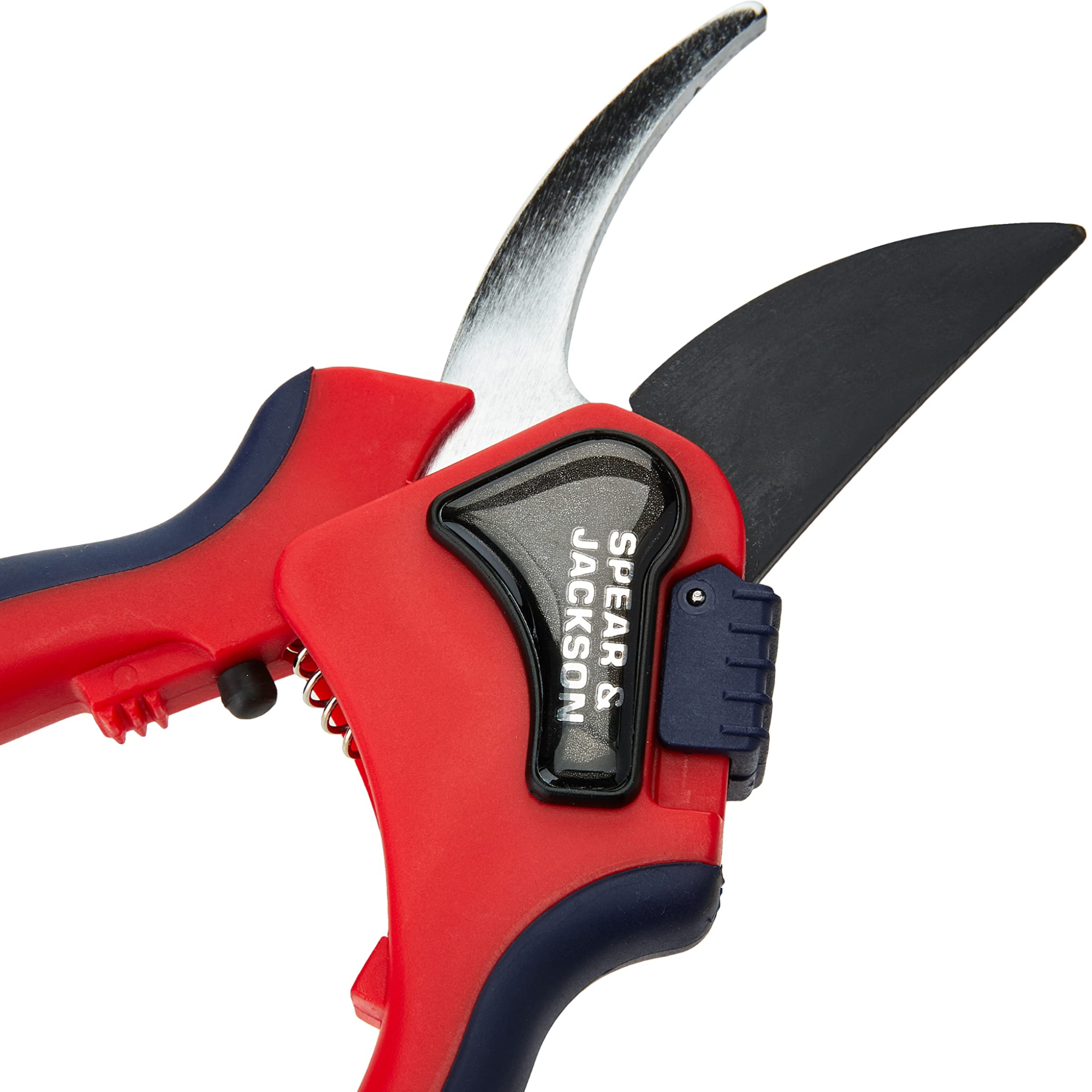

FAQs
Is it illegal to take plant cuttings in the UK?
'It is illegal to take any part of a plant from a nature reserve, and not particularly good practice to take cuttings from anywhere without the owner's permission,' says Morris from Hopes Grove Nurseries. 'So, sneaking a cutting in your pocket isn’t advisable. Most garden and land owners will happily allow you to take a snip if asked first.'
Can you plant cuttings straight into soil?
'Most cuttings can be taken and planted into a well drained peat-free compost, mixed with some perlite or horticultural grit,' says Morris. 'Cuttings can also be helped along by dipping the cut end into some hormone rooting powder first before putting it into the soil.'

Sophie joined the Ideal Home team as Gardens Editor in June 2024. After studying English at Royal Holloway, University of London, she began writing for Grow Your Own, which spurred on her love of gardening. She's tried growing almost every vegetable under the sun, and has a soft spot for roses and dinnerplate dahlias.
As Gardens Editor, Sophie's always on the lookout for the latest garden trend. She loves sharing growing hacks for every space, from herbaceous borders to balconies.
-
 5 signs you’ve taken decluttering too far — and how you can pull yourself back, according to organisation experts
5 signs you’ve taken decluttering too far — and how you can pull yourself back, according to organisation expertsYou might have to start resisting the urge to purge
By Lauren Bradbury
-
 What is the Party Wall Act 3m rule and is it something you should be worried about? This is what the experts say
What is the Party Wall Act 3m rule and is it something you should be worried about? This is what the experts sayDon't get caught off-guard by the Party Wall Act 3m rule — our expert guide is a must-read
By Natasha Brinsmead
-
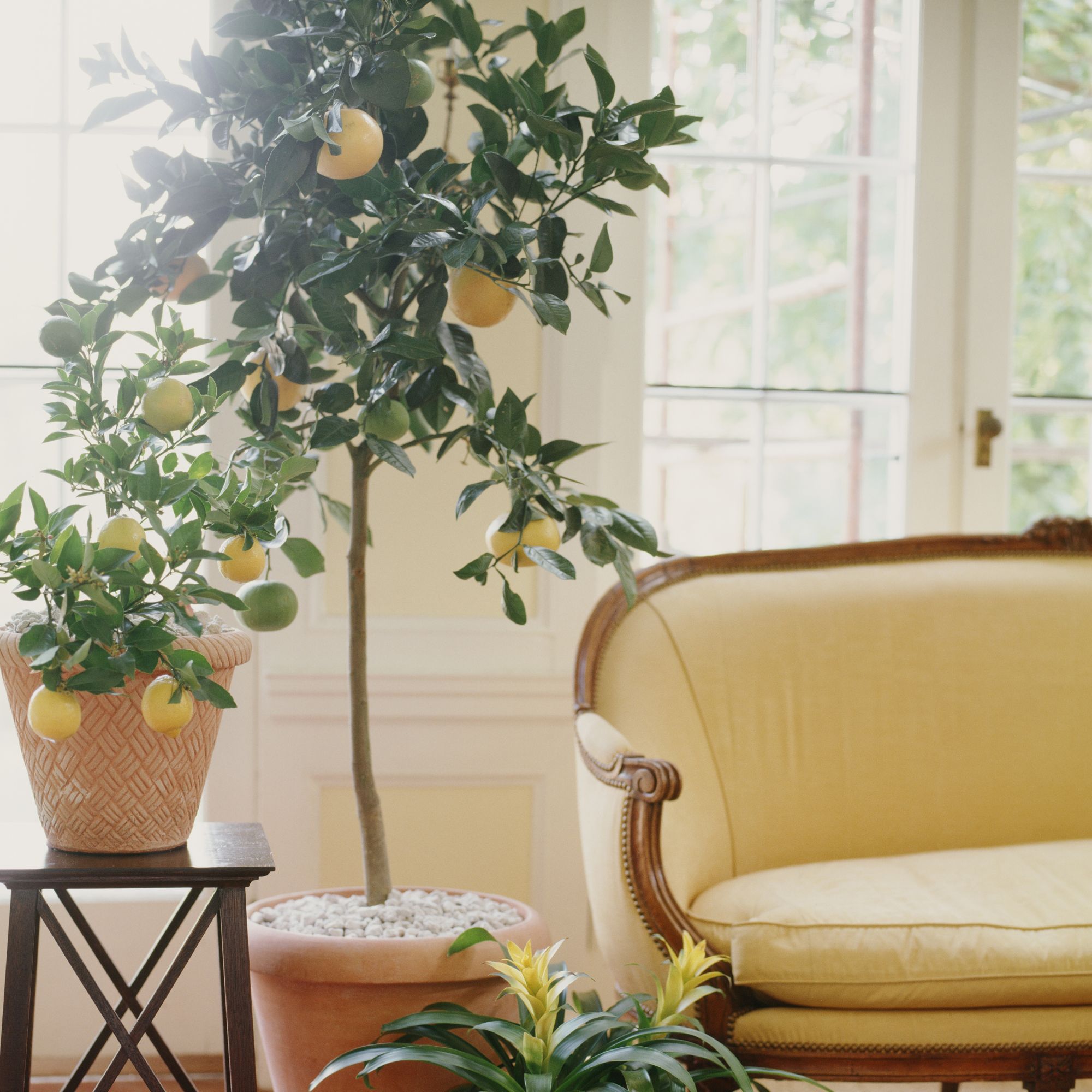 Shoppers can’t get enough of The Range’s lemon tree, but I’ve found an even cheaper bestseller at B&Q - it’s perfect for a Mediterranean look
Shoppers can’t get enough of The Range’s lemon tree, but I’ve found an even cheaper bestseller at B&Q - it’s perfect for a Mediterranean lookWelcome the summer with this glorious fruit tree
By Kezia Reynolds
-
 Shoppers can’t get enough of The Range’s lemon tree, but I’ve found an even cheaper bestseller at B&Q - it’s perfect for a Mediterranean look
Shoppers can’t get enough of The Range’s lemon tree, but I’ve found an even cheaper bestseller at B&Q - it’s perfect for a Mediterranean lookWelcome the summer with this glorious fruit tree
By Kezia Reynolds
-
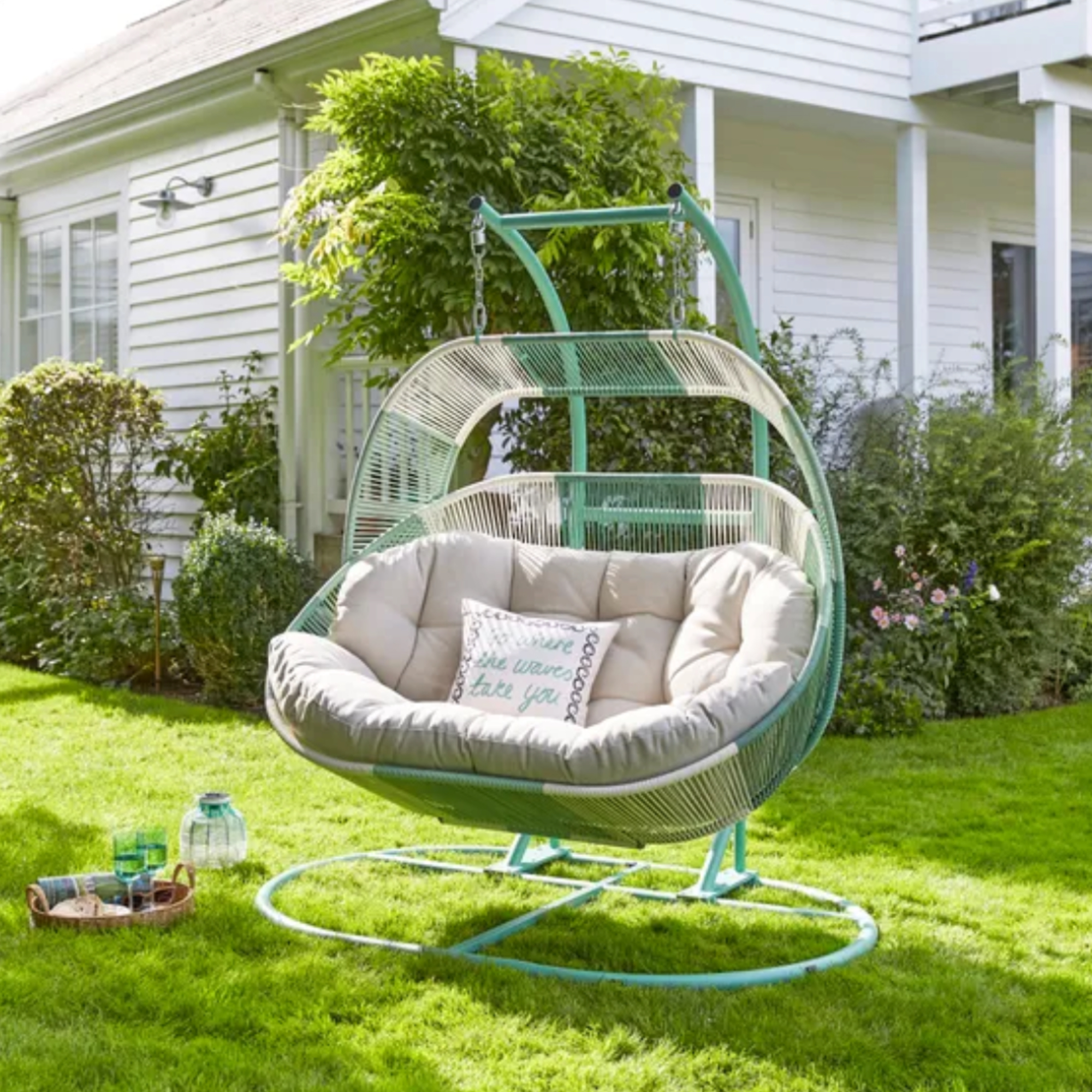 I'm a stylist with an eye for expensive-looking high street finds – these 6 garden furniture pieces at Dunelm are on my radar
I'm a stylist with an eye for expensive-looking high street finds – these 6 garden furniture pieces at Dunelm are on my radarThese pieces all look more than their price tag
By Laurie Davidson
-
 The 6 outdoor lights from Habitat that I'm choosing between to make my outdoor space look more expensive this summer
The 6 outdoor lights from Habitat that I'm choosing between to make my outdoor space look more expensive this summerI couldn’t believe some of the prices
By Ellis Cochrane
-
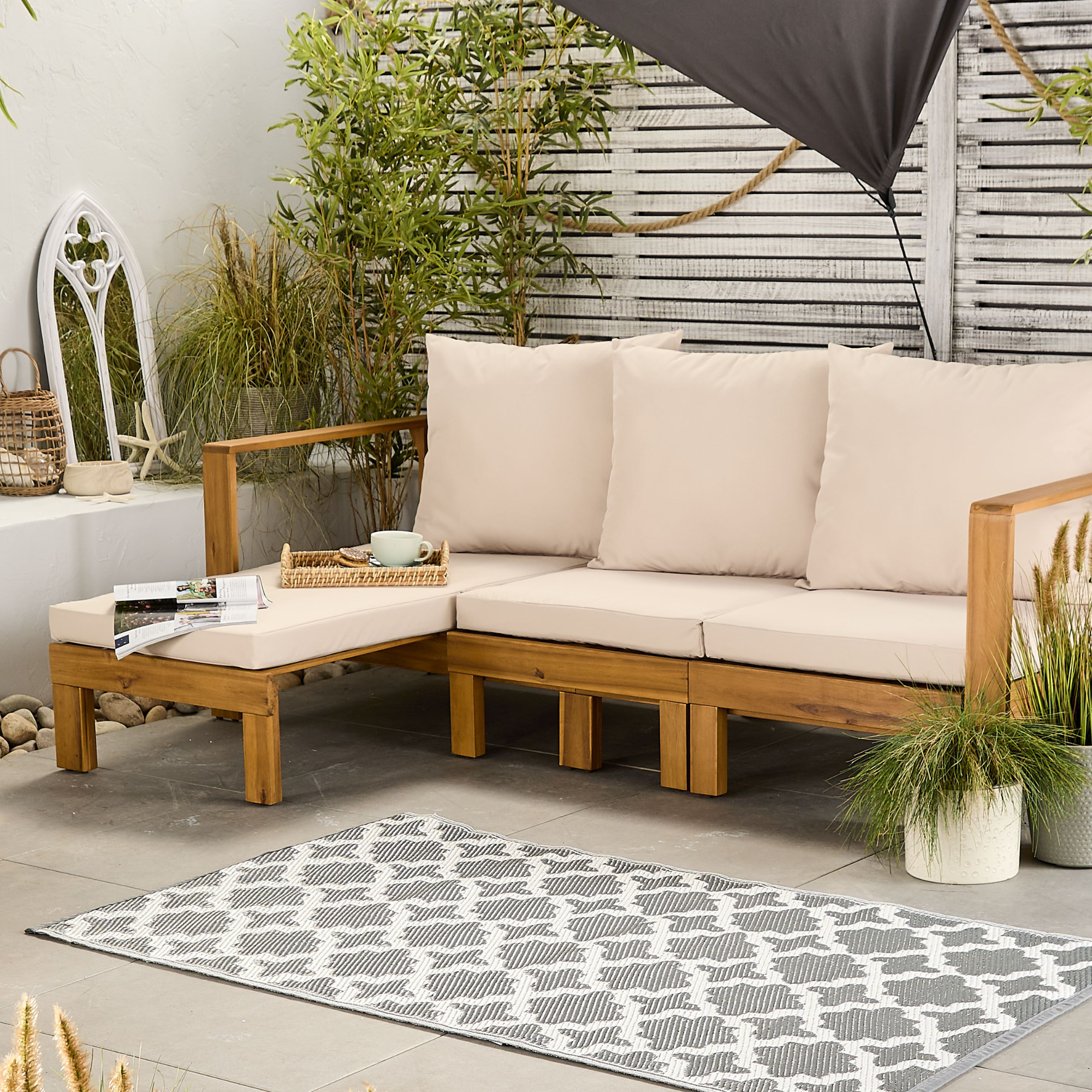 Aldi is launching a £200 day bed with four different features - its sleek design is suited to the whole family
Aldi is launching a £200 day bed with four different features - its sleek design is suited to the whole familyYou don't want to miss out on this Specialbuy
By Kezia Reynolds
-
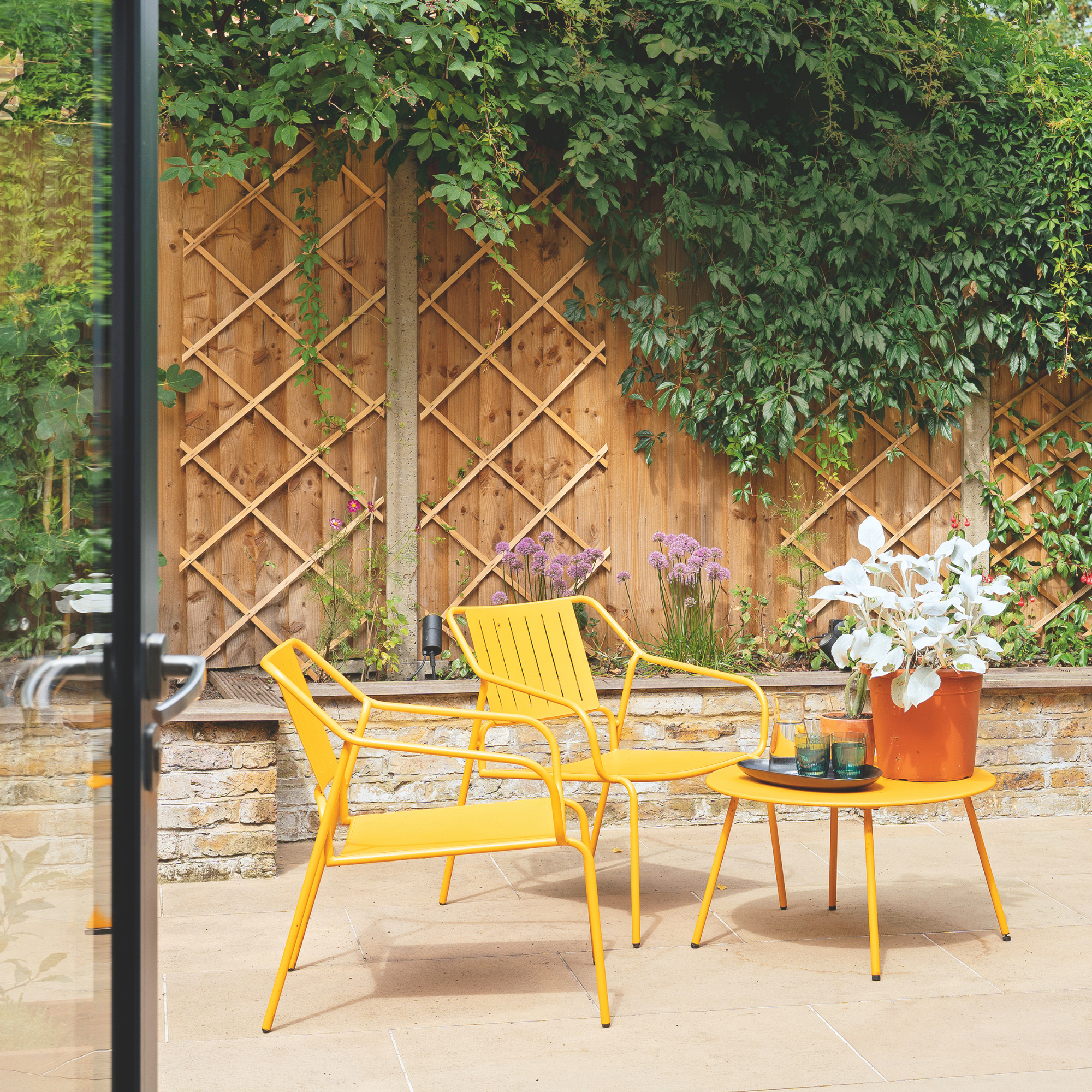 I’m seeing pastel garden furniture at all my favourite brands this spring, but QVC’s sorbet collection impressed me the most
I’m seeing pastel garden furniture at all my favourite brands this spring, but QVC’s sorbet collection impressed me the mostFresh pastel shades are a great way to liven up your outdoor space
By Kezia Reynolds
-
 I spent the afternoon looking through Wayfair's garden sale – these are the 6 pieces I'm buying immediately for summer
I spent the afternoon looking through Wayfair's garden sale – these are the 6 pieces I'm buying immediately for summerThese are my must-have garden buys from the sale
By Holly Reaney
-
 I’ve found the perfect alternative to John Lewis’ sold-out striped garden chair – and you won’t believe where it's from
I’ve found the perfect alternative to John Lewis’ sold-out striped garden chair – and you won’t believe where it's fromJohn Lewis' Sling Garden Chair is one of the most stylish pieces of garden furniture I'd seen – until I tracked down this QVC lounge chair...
By Kezia Reynolds
-
 Lidl is selling a smart tiered planter that will unlock extra planting space in a tiny garden or balcony
Lidl is selling a smart tiered planter that will unlock extra planting space in a tiny garden or balconyWhy I've been eyeing this planter up for my tiny garden
By Kezia Reynolds